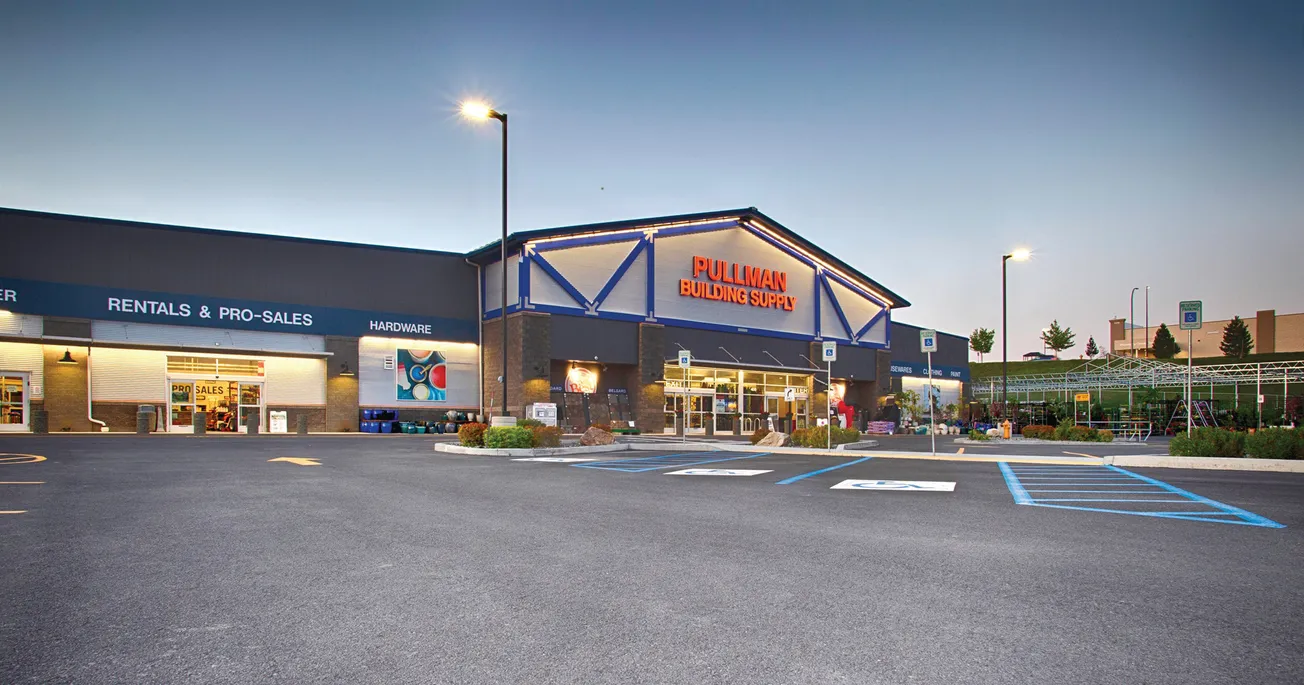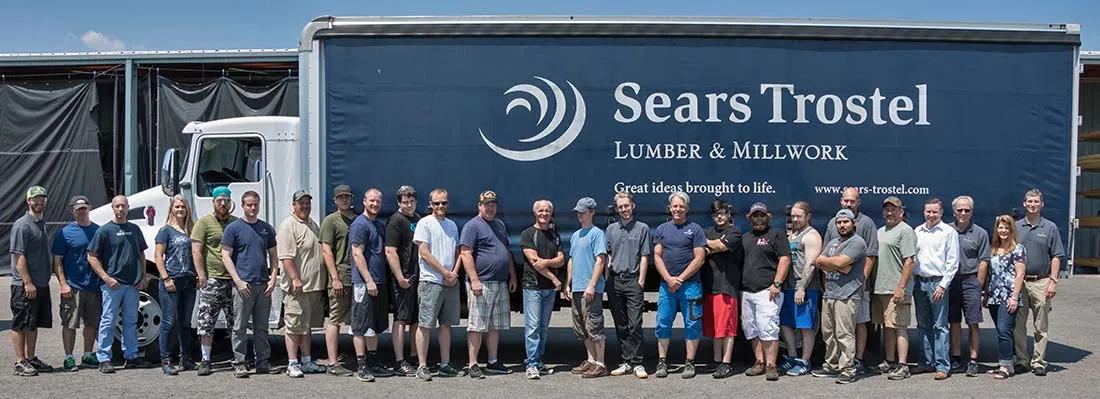Table of Contents
Global demand for fiber cement siding will climb an average of 2.5% annually over the next four years, to reach 22.1 million squares by 2023, according to a new report by the Freedonia Group.
“We are seeing continued growth of fiber cement in both multifamily category along with the R&R segment,” said Mike Pidlisecky, VP of sales & marketing for Woodtone. “Builders, developers and architects are continuing to specify prefinished coating options to enhance long term performance, warranties and lower field maintenance costs.”
Demand for fiber cement siding is growing primarily in the U.S., China and parts of western Europe because of its durability and low maintenance when compared to other siding. Its popularity has also increased among consumers due to its ability to mimic more expensive siding materials such as natural wood, brick and stone.
According to Sean Gadd, chief commercial officer at James Hardie Building Products, “In the United States, homeowners are looking for exterior solutions that offer a wide range of customized design options, help protect their home from the elements and are low-maintenance and long-lasting. Fiber cement siding, trim and accessories allow builders and contractors to deliver protection, long-term affordability and design versatility to customers who are growing increasingly value conscious.
“As urbanization continues and access to skilled labor tightens in the western European markets, long-term affordability has become increasingly important. Fiber cement siding provides an unbeatable value proposition as a non-combustible, low-maintenance solution. Since it drives exterior life cycle costs down, demand for fiber cement siding continues to rise in city environments.”
Freedonia’s study, however, finds that growth tempering. In the U.S., fiber cement’s share of the siding market is flattening, due to improvements in the quality of competing materials—especially vinyl—as well as fiber cement’s growing maturity.
Fiber cement will experience its strongest growth in its largest market: residential siding market, climbing 2.9% per year. Approximately 79% of all fiber cement siding produced in 2018 was used in residential. Use in residential renovation will outpace new construction, as homeowners increasingly replace existing siding with fiber cement to reduce their maintenance costs or to improve their home’s exterior performance.
Interestingly, while siding remains a bright spot for fiber cement, the material’s share of the roofing market appears to have peaked, especially overseas. Fiber cement has historically been a popular roofing material in Central and South America and throughout much of the Asia/Pacific region because it has been affordable and readily available. However, as incomes rise in these regions, more builders and homeowners are switching to more expensive roofing such as bituminous and tile.
Also, the replacement of asbestos with cellulose fiber in fiber cement roofing has raised its price, reducing the cost advantage fiber cement held over other materials.
Manufacturers, however, continue seeking ways to better their products’ performance and aesthetics. “Marketplace trends indicate the need for durable building products that provide more design options as well as long-term quality and value solutions,” noted James Hardie’s Gadd. “We will continue to monitor and adapt to market needs as we develop the highest-quality fiber cement product concepts and innovations in the market.”









